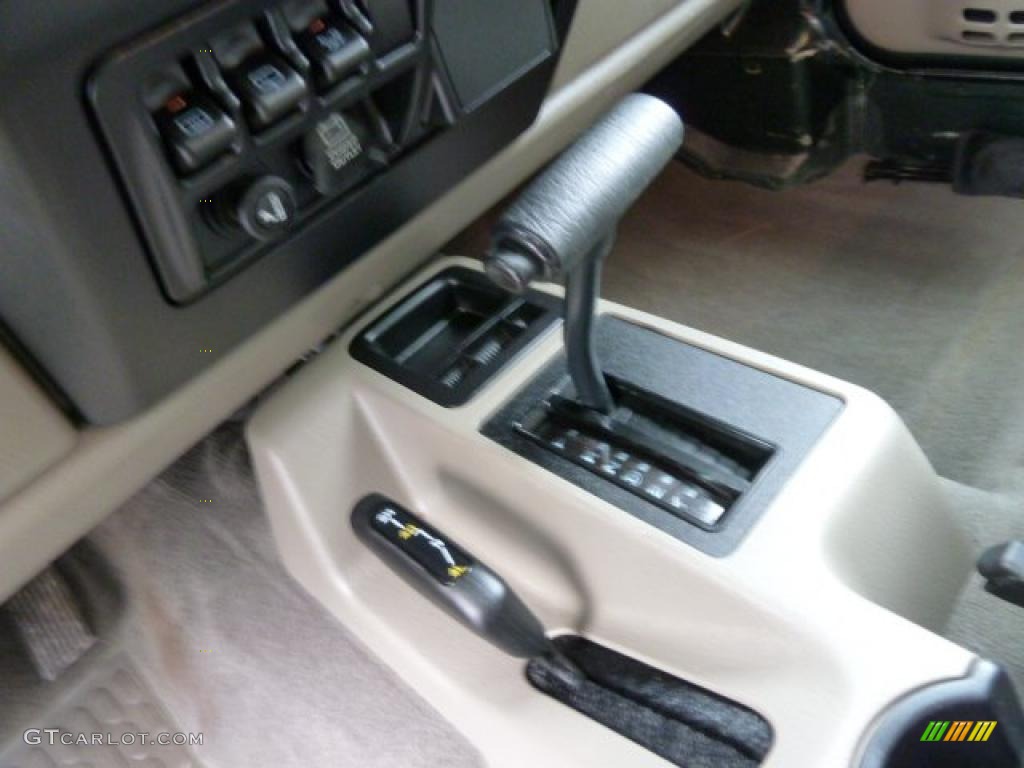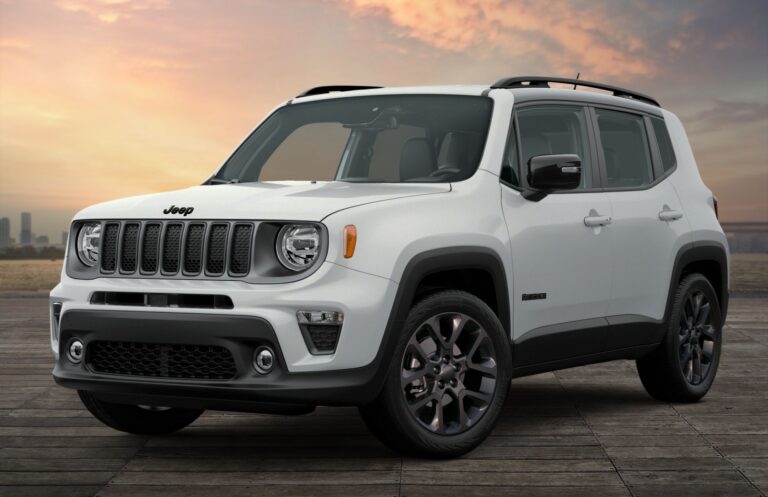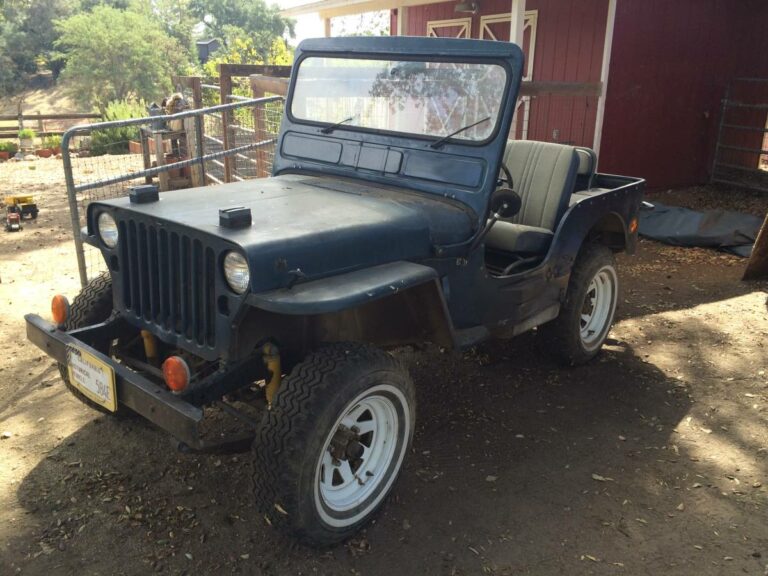1997 Jeep Wrangler Automatic For Sale: A Comprehensive Buyer’s Guide
1997 Jeep Wrangler Automatic For Sale: A Comprehensive Buyer’s Guide jeeps.truckstrend.com
Introduction: The Enduring Appeal of the 1997 Jeep Wrangler Automatic
The year 1997 marked a pivotal moment in the storied history of the Jeep Wrangler, ushering in the TJ generation. Replacing the leaf-sprung YJ, the 1997 Wrangler introduced a coil-spring suspension system, drastically improving ride comfort and handling both on and off the pavement, while retaining the iconic, rugged aesthetic that defines the brand. For many enthusiasts and casual drivers alike, the 1997 Jeep Wrangler holds a special place, representing a perfect blend of classic simplicity and modern drivability. When you encounter a 1997 Jeep Wrangler Automatic for sale, you’re not just looking at a vehicle; you’re eyeing a piece of automotive history, a capable off-road machine, and a canvas for endless customization. This comprehensive guide will delve into everything you need to know about this desirable model, helping you make an informed decision on your next adventure vehicle.
1997 Jeep Wrangler Automatic For Sale: A Comprehensive Buyer’s Guide
The Legacy of the TJ Wrangler: A New Era of Off-Roading
The TJ series (1997-2006) brought significant innovations to the Wrangler line. While its exterior paid homage to the classic CJ-7, featuring round headlights and a wider stance, beneath the skin lay a completely redesigned chassis. The most impactful change was the shift from leaf springs to a Quadra-Coil suspension system, borrowed in part from the Grand Cherokee. This transformation dramatically enhanced the Wrangler’s on-road manners, reducing the harshness associated with earlier models, without sacrificing its legendary off-road prowess.
The 1997 model year is particularly notable as the debut of the TJ, making it a unique entry point into this beloved generation. It retained the highly reliable 4.0L inline-six engine (242 cubic inches), renowned for its torque, durability, and relatively simple maintenance. Coupled with the available automatic transmission, the 1997 Wrangler offered a more accessible and comfortable driving experience, broadening its appeal beyond hardcore off-roaders to those seeking a fun, open-air vehicle for daily driving or weekend adventures.
Why Choose a 1997 Jeep Wrangler Automatic?
Opting for a 1997 Jeep Wrangler with an automatic transmission offers several compelling advantages:
- Ease of Driving: The automatic transmission (typically the robust 3-speed Chrysler 32RH or the later 4-speed 42RLE) simplifies driving, especially in stop-and-go traffic or when navigating challenging off-road terrain. For new off-roaders or those who prefer a less demanding driving experience, the automatic is a clear winner.
- Off-Road Crawling Capability: While some purists prefer manuals for ultimate control, the automatic excels in low-speed crawling situations. It allows the driver to focus more on steering and obstacle negotiation without worrying about clutch modulation or stalling.
- Timeless Design: The ’97 TJ embodies the classic Jeep look with its iconic round headlights, seven-slot grille, and rugged proportions. It’s a design that transcends trends and remains instantly recognizable.
- Durable Powertrain: The 4.0L inline-six engine is legendary for its longevity, often reaching well over 200,000 miles with proper maintenance. It’s a workhorse that can handle years of abuse.
- Modifiability: The TJ platform is one of the most supported in the aftermarket. Whether you’re looking for lift kits, bigger tires, winches, or interior upgrades, the possibilities for customization are virtually limitless.
- Strong Resale Value: Jeeps, especially Wranglers, tend to hold their value exceptionally well. A well-maintained 1997 TJ can be a surprisingly good investment, often appreciating as a classic.
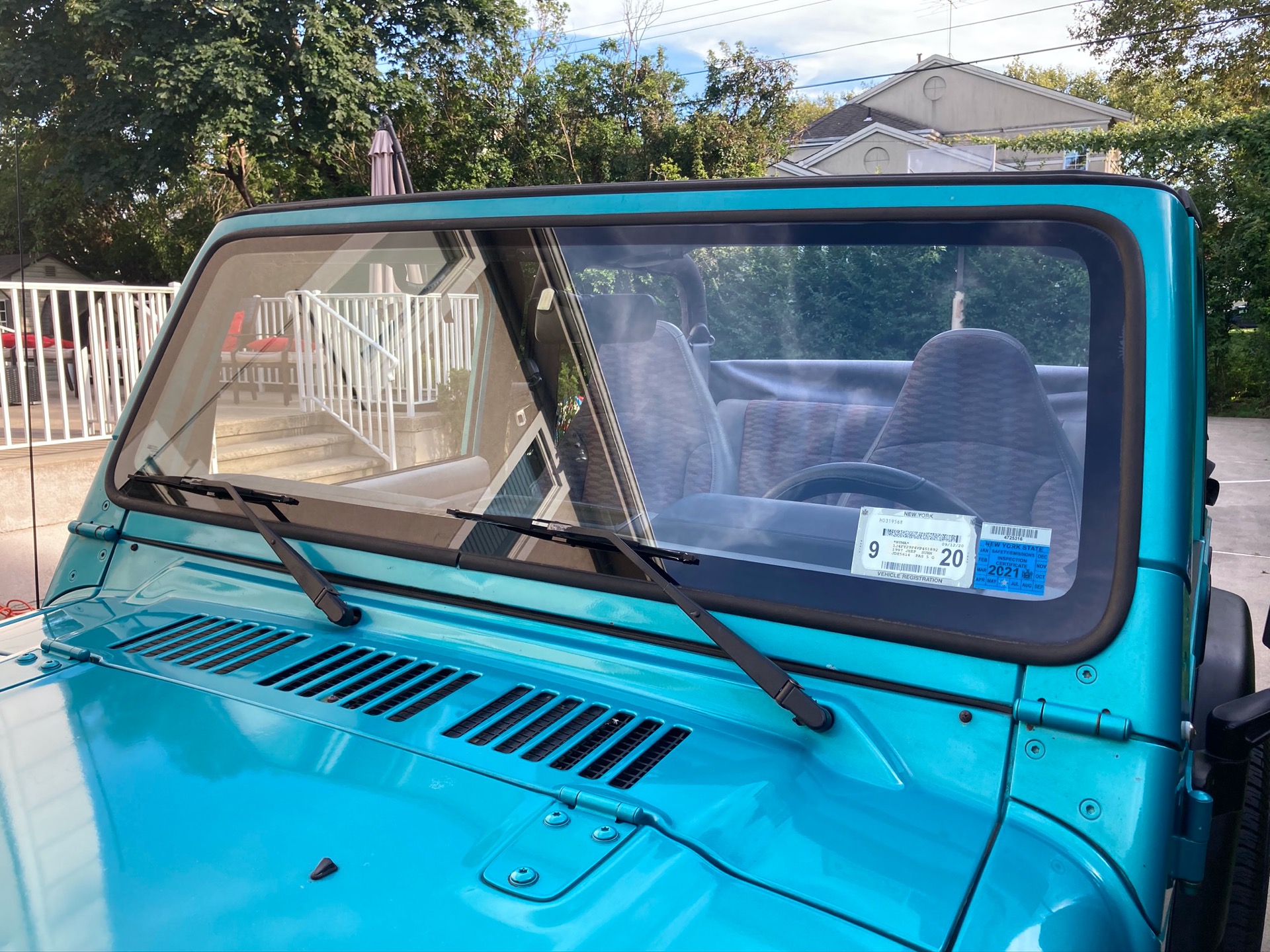
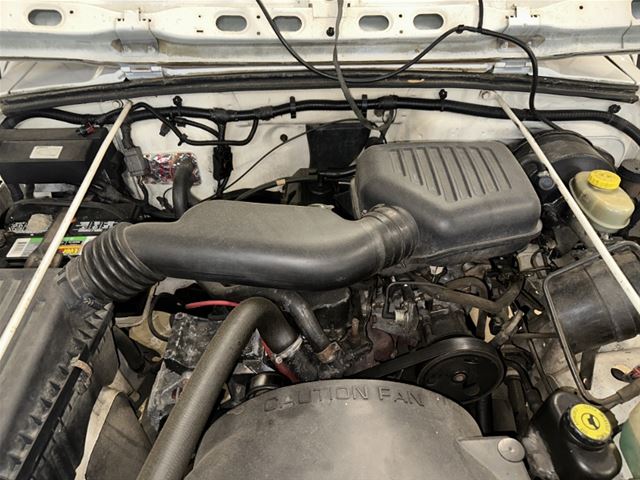
Key Features and Specifications of the 1997 TJ Automatic
Understanding the core components of the 1997 Wrangler Automatic is crucial for any potential buyer:
- Engine: 4.0L AMC Inline-6 (242 CID). Producing around 180 horsepower and 220 lb-ft of torque, this engine is known for its low-end grunt, making it ideal for off-roading.
- Transmission: Primarily the 3-speed Chrysler 32RH automatic. While only three gears, it’s known for its simplicity and reliability. Some later TJs received the 4-speed 42RLE, but the ’97 typically had the 3-speed.
- Transfer Case: NP231 Command-Trac, a part-time 4WD system with 2Hi, 4Hi, and 4Lo settings. Highly durable and widely supported in the aftermarket.
- Axles: Typically a Dana 30 in the front and a Dana 35 in the rear. Some models, particularly with the optional "Tow Package" or specific trims, might have come with a more robust Dana 44 rear axle, which is highly desirable.
- Suspension: Quadra-Coil suspension with solid axles, providing excellent articulation for off-road trails and a much-improved ride quality over previous generations.
- Brakes: Front disc, rear drum brakes.
- Removable Features: True to its heritage, the TJ features removable doors, a fold-down windshield, and various soft top and hardtop options, offering an unparalleled open-air driving experience.
- Interior: Basic, functional, and durable, designed to withstand the elements. Features included simple gauges, durable fabrics, and a generally spartan layout focusing on utility.
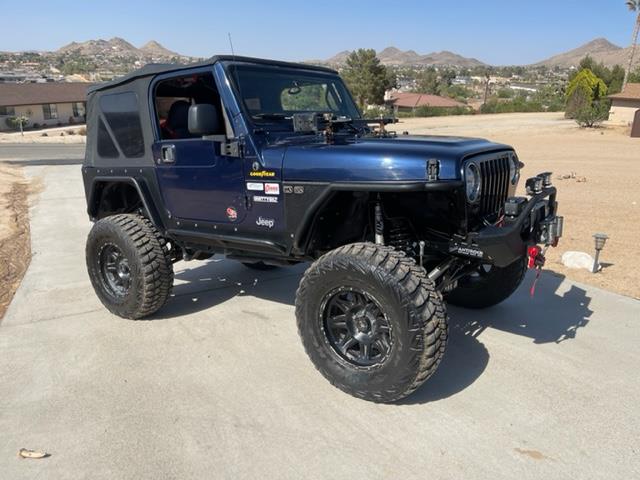
What to Look For When Buying a 1997 Jeep Wrangler Automatic
Buying a vintage vehicle like a 1997 Wrangler requires a keen eye. Here’s a detailed checklist:
Common Problem Areas:
- Rust: This is the #1 enemy of the TJ.
- Frame: Inspect the frame thoroughly, especially near the control arm mounts, skid plates, and just behind the front and rear wheels. Look for flaking, holes, or excessive surface rust that indicates deeper issues. Pay close attention to the rear sections near the bumper.
- Body: Check the rocker panels, fenders (especially where they meet the frame), door hinges, and the floorboards.
- Fluid Leaks:
- Engine: Valve cover gasket, rear main seal, oil pan gasket. Look for oil drips underneath.
- Transmission: Pan gasket, input/output seals.
- Transfer Case: Input/output seals, case halves.
- Axles: Pinion seals, differential cover gaskets.
- Steering and Suspension Components:
- Tie Rod Ends/Drag Link: Check for play.
- Ball Joints: Common wear item, especially with larger tires.
- Control Arm Bushings: Listen for clunks or squeaks.
- Shocks/Springs: Look for leaks on shocks; ensure springs aren’t sagging or broken.
- Electrical Issues: Check all lights (headlights, taillights, turn signals), wipers, horn, radio, and dashboard gauges.
- Soft Top/Hardtop Condition: Inspect for rips, tears, clear window clarity, and proper sealing. Hardtops can crack.
- Cooling System: Check radiator for leaks, hoses for cracks, and ensure the coolant reservoir is at the correct level.
- Exhaust System: Listen for leaks, check for rust.
Inspection Checklist and Test Drive Tips:
- Cold Start: Have the seller start the Jeep cold. Listen for unusual noises (knocks, ticks, squeals).
- Engine Bay: Look for cleanliness, signs of recent work, or neglected maintenance. Check fluid levels (oil, coolant, power steering, brake fluid).
- Underneath the Vehicle: Bring a flashlight and thoroughly inspect the frame, exhaust, driveshafts, and all suspension components. Look for signs of off-road abuse (dents, scrapes on skid plates, bent components).
- Interior: Check seats for tears, carpets for excessive wear or mildew (indicating leaks), and ensure all gauges and accessories function.
- Tires: Check tread depth and even wear. Uneven wear can indicate alignment or suspension issues.
- Test Drive:
- Engine: Does it accelerate smoothly? Is there any hesitation or power loss?
- Transmission: Does it shift smoothly through all gears (forward and reverse)? Any harsh shifts, slipping, or delays?
- Steering: Is it tight or loose? Does it pull to one side?
- Brakes: Do they feel firm? Any pulsing or grinding?
- 4WD System: Engage 4Hi and 4Lo (if safe to do so) to ensure the transfer case works correctly. Listen for grinding or clunking.
- Road Noise: Jeeps are noisy, but listen for excessive wind noise, drivetrain whine, or suspension creaks.
Ownership Experience and Maintenance
Owning a 1997 Jeep Wrangler Automatic is more than just driving; it’s an experience.
- Routine Maintenance: The 4.0L engine is low-maintenance but requires regular oil changes (every 3,000-5,000 miles), fluid checks (transmission, transfer case, differentials), and grease points lubrication. Pay attention to the cooling system and U-joints.
- Fuel Economy: Don’t expect stellar MPG. The 4.0L with a 3-speed automatic typically yields 13-17 MPG, depending on driving style, tire size, and modifications.
- Common Upgrades: Many TJs have been modified. Common upgrades include lift kits (2-4 inches), larger tires (31-35 inches), aftermarket bumpers, winches, and improved lighting. Be aware that poorly installed modifications can lead to issues.
- Community and Parts Availability: The TJ Wrangler has a massive and supportive community. Parts are readily available, both new aftermarket and used, making repairs and upgrades relatively easy.
- Daily Driver Considerations: While it can be a daily driver, remember its short wheelbase and soft top mean it’s not the quietest or most comfortable long-distance cruiser. However, for city driving or short commutes, it’s a blast.
Pricing Considerations and Valuation
The price of a 1997 Jeep Wrangler Automatic can vary significantly based on several factors:
- Condition: This is the most critical factor. A rust-free, well-maintained example will command a premium.
- Mileage: Lower mileage generally means higher prices, but condition often trumps mileage for older Jeeps.
- Modifications: Quality, desirable modifications (e.g., reputable lift kit, new tires, upgraded axles) can increase value, while poorly executed or extreme mods might deter some buyers.
- Location: Prices can vary regionally due to climate (rust belt vs. dry climates) and local demand.
- Hardtop vs. Soft Top: Models with both a hardtop and a soft top are often more desirable and valuable.
- Optional Equipment: Features like air conditioning, cruise control, or the rare Dana 44 rear axle can add value.
Estimated Price Range Table (for reference only, actual prices vary wildly by market and specific vehicle condition):
| Condition | Estimated Price Range (USD) | Key Factors Influencing Price |
|---|
